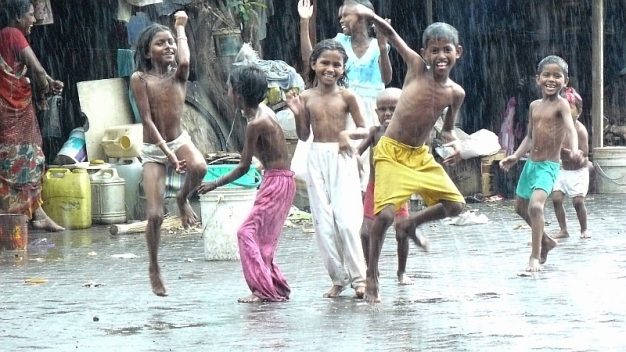
Child Friendly Places: improving communities for and with children
Resources that can be used by young children, and by adults with low literacy levels, are vital if the child-friendly city movement is to reach those communities that need it most. Here, Sruthi Atmakur-Javdekar of the Children’s Environments Research Group in the United States, discusses just such a toolkit, and how it is helping to transform the lives of children in Mumbai, India.
Since 2008, the Children’s Environments Research Group (CERG) has been coordinating an international research initiative called Child Friendly Places (CFP), an approach to integrating children’s rights into local development initiatives and educational programs through a participatory, intergenerational and child friendly assessment and planning methodology. It aims to empower communities to improve their local conditions and environments with children, adolescents, families, educators, service providers and decision makers.
The CFP approach includes a resource kit with a pictorial child friendly survey tool, uniquely designed for use by children as young as seven years-old, as well as by adults – including those with low literacy levels – to assess the quality of their communities and their built environments.
There are six domains and approximately 100 indicators, incorporating the spatial and physical dimensions of children’s rights to enable the collection of comparable, scalable data on community conditions for children. The domains include: 1) play and recreation; 2) nature and ecology; 3) housing and learning environments; 4) participation; 5) safety and protection; and 6) health and social services.
Children’s experience
The CFP approach empowers communities to identify their own indicators, to collect, analyse and act upon data summarising the opinions and experiences of children, adolescents and parents, to influence local development processes at different scales of change, including small scale improvements in the built environment and large scale impact on policymaking.
The CFP website is a live database of more than 50 case studies, contributed by organisations and partner colleagues across the world who implemented the methodology to improve communities and schools in various urban and rural settings. These diverse cases are indicative of the adaptability and flexibility of the assessment tools to suit different local contexts to improve the built environment in a child-friendly, youth-led and intergenerational way.
Case studies
In 2013-2014 with support from the Bernard van Leer Foundation, CERG partnered with the Tata Institute of Social Sciences (TISS) working within informal settlements of Mumbai city, and Shaishav, a child-rights-based organisation in Bhavnagar city to implement the CFP approach in communities and schools. One of the key highlights of both cases is how each organisation adapted the methodology to suit local context by adding new indicators and images related to improving their communities with a focus on children and young people’s individual and collective health and well-being. For example, in Mumbai, assessment indicators related to secure housing and pest free homes were added by TISS project coordinators.
Case study findings across both cities, drawn from participant observations, field notes and informal interviews, reveal the importance children, adolescents and their families place on improving their environments to support the health and well-being of children, youth and adults. Examples include both genders having opportunities for safe play places, and access to basic services such as safe and secure housing, toilets, water, and health care.
Sruthi Atmakur-Javdekar
Children’s Environments Research Group (CERG), United States
Adapted from her presentation to the Child n the City conference, 2016
Photo: Dinesh Bareja




